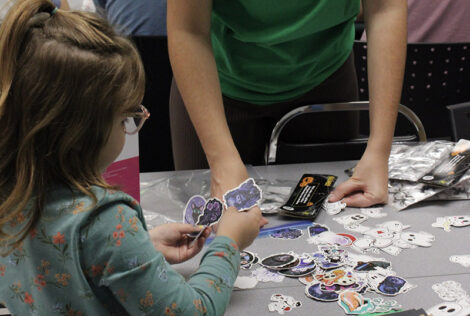
Grade K: A Day at the Zoo!
Students will group animals based on different characteristics (fur, stripes etc) and match animals to a biome (dessert, marine, forest, grassland).

These new workshops are coordinated and designed to support STEAM exploration while making connections to Ontario’s Ministry of Education’s curriculum at each grade level from K to Grade 12.
All Workshops are delivered as pre-recorded videos that have the flexibility to be completed in a virtual or in-person classroom setting. Each Workshop is designed to only require a laptop or computer with internet access for students, and are complete video tutorials with no additional teaching resources required by teachers.
Our goal with STEAM workshops is to capture youth’s interest in science, technology, engineering, and math from a young age through exciting hands-on activities with real world applications. Our Virtual Workshops are ready to be delivered directly to students for independent work. Alternatively, they can be delivered to an entire class, where teachers are able to watch the video alongside students, pausing the video to answer question prompts, which encourages participation, and to ensure all participants are on track to complete the hands-on project. These video tutorials are designed to enhance curriculum connections and serve as a meaningful experience in your classes.

Students will group animals based on different characteristics (fur, stripes etc) and match animals to a biome (dessert, marine, forest, grassland).
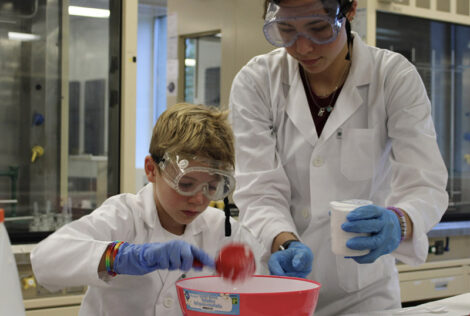
Students will learn about the different states of matter and how we can use simple household materials to manipulate the states! Students will make their own slime and oobleck to further explore the states of matter!
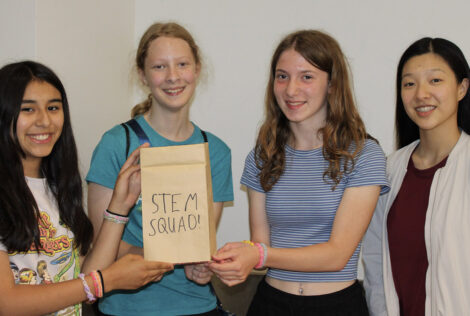
In the experiment, students will test the loading capacity of boats made from different materials, with an emphasis on having the same size and shape for a fair test. They will construct their model boats and test them in a water tub.
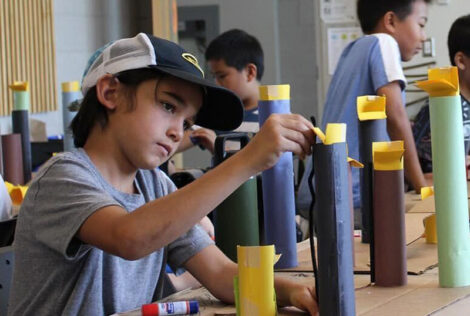
The hands-on activity section will involve building a Tupiq with a paper straw, clay, and paper. It is hoped that students could develop skills in designing and building a strong and stable structure that serves a purpose, using creativity and imagination to design and decorate the Tupiq.
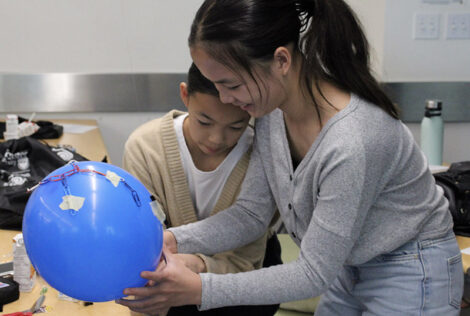
During the activity, students will create their own drum set using cups, balloons, and drumsticks. They will experiment with different materials, sizes, and shapes to investigate how different variables affect the pitch and loudness of the drums. Students can decorate their drum sets with reference to Indigenous art.
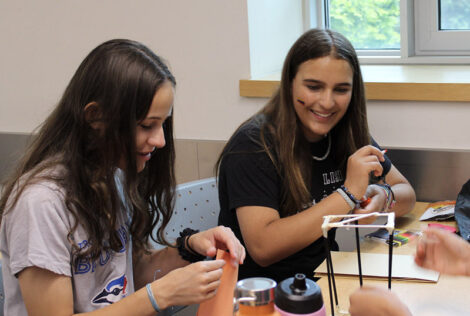
In this project, students explore the world of optics and light by building their own kaleidoscopes with household materials. The project also incorporates the Indigenous Ways of Knowing, aiming to teach students about the role of line and rotational symmetry in Indigenous art and innovative Indigenous tools that apply concepts in optics, such as the Inuit snow goggles.
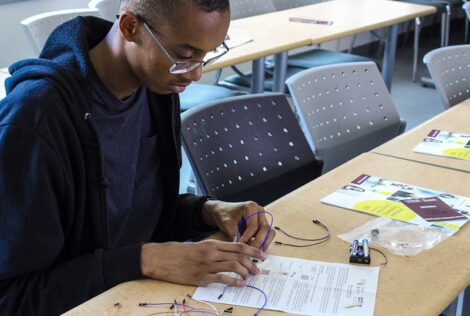
Students will get the chance to create their own seismograph and can test them by detecting earthquakes by shaking the surface that their seismograph is sitting on!
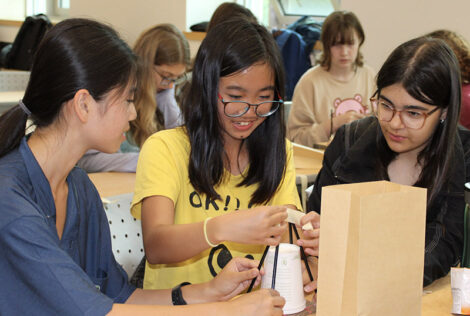
In this engaging project, Grade 7 students will delve into the world of mechanical engineering by designing and crafting their very own mechanical grabbers.
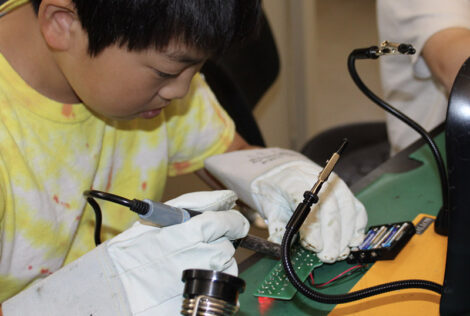
In this activity, students will be introduced to the concepts of static electricity and current electricty. They will also be introduced to the 3 ways of charging an object, electroscopes, and how to build their very own electroscope.

In this activity, students will learn about the coding language Python. They will learn about variables, while loops, and if-else statements to create a program that will allow them to play rock, paper, scissors against the computer!

In this activity, students will learn about the coding language Python. They will get to learn about functions, while statements, if-else statements and more to create a program that will allow them to roll 1 or 2 dice.
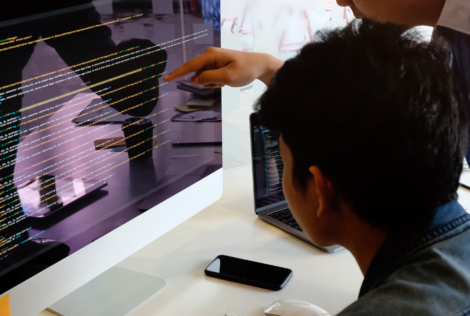
In this activity students will learn about the coding language Python. Students will learn about lists, functions, if-else statements, try-except statements and more to create a game where they will get to guess a randomly generated number selected by the computer.

In this activity students will learn about the coding language Python. Students will learn about functions, lists, for loops, if-elif-else statements, the getpass library, and more to create their own password generator. They will then be able to use their code to test and receive feedback on the strength of their passwords!
